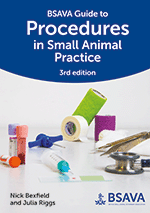
Full text loading...

Ophthalmic examination is indicated for suspected primary ocular disease, or as part of investigation of neurological disease or systemic disease with possible ocular involvement.

Full text loading...








Supplements
This video shows how to perform key elements of an ophthalmic examination